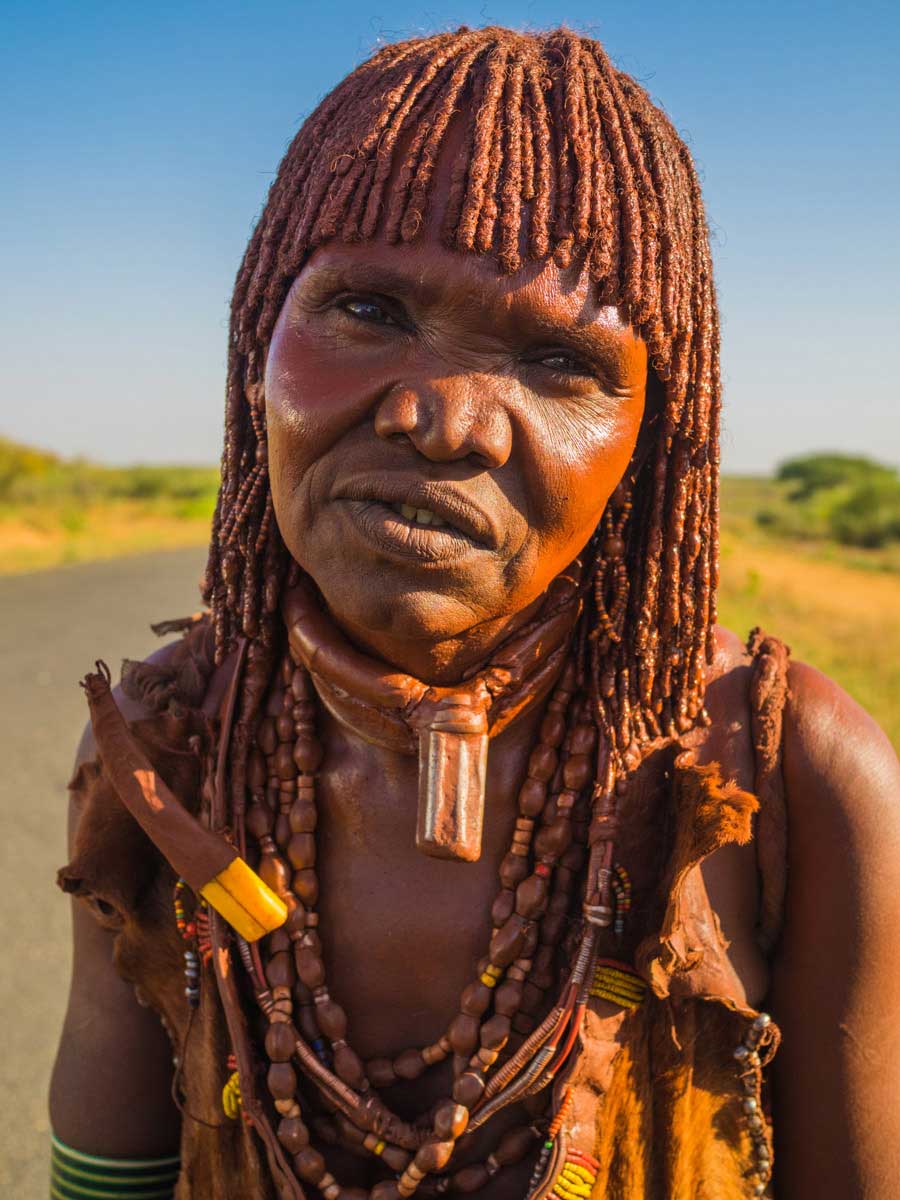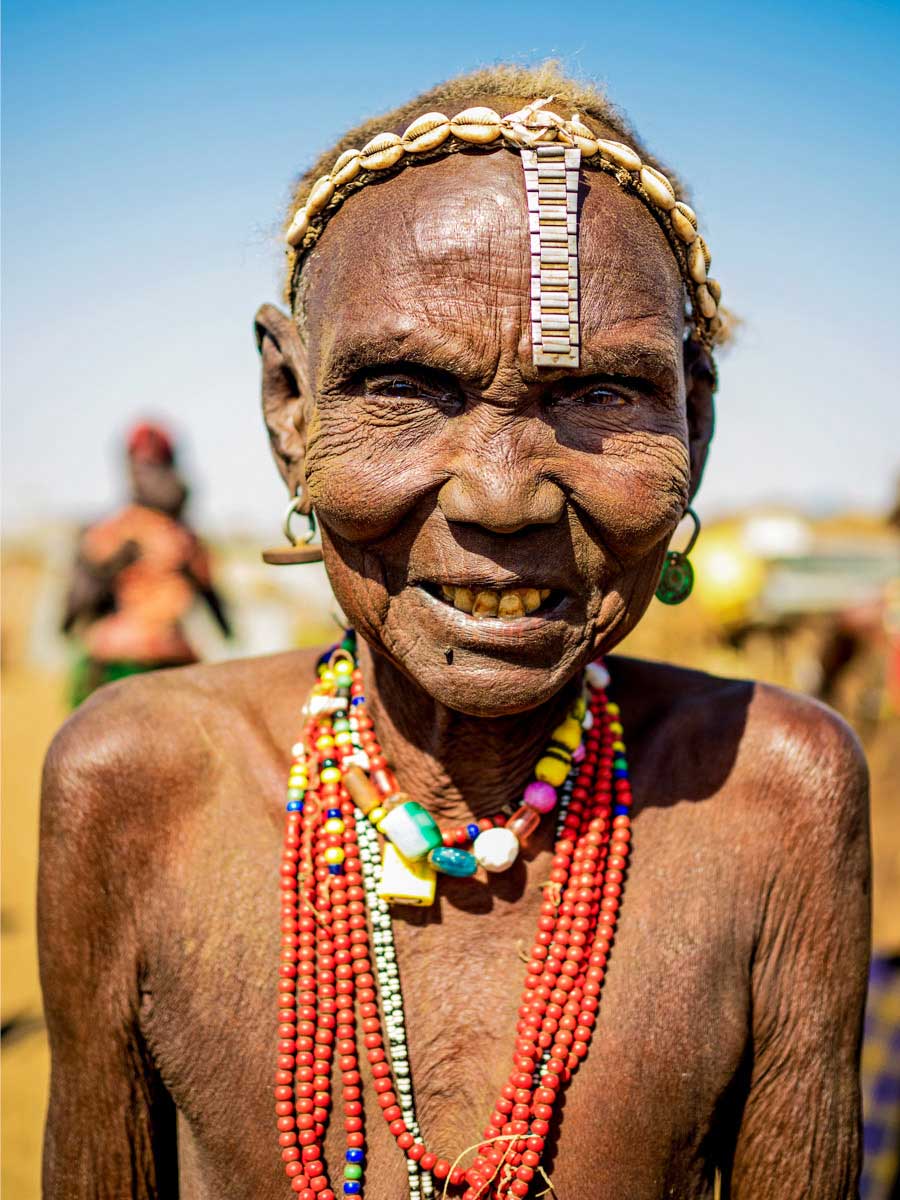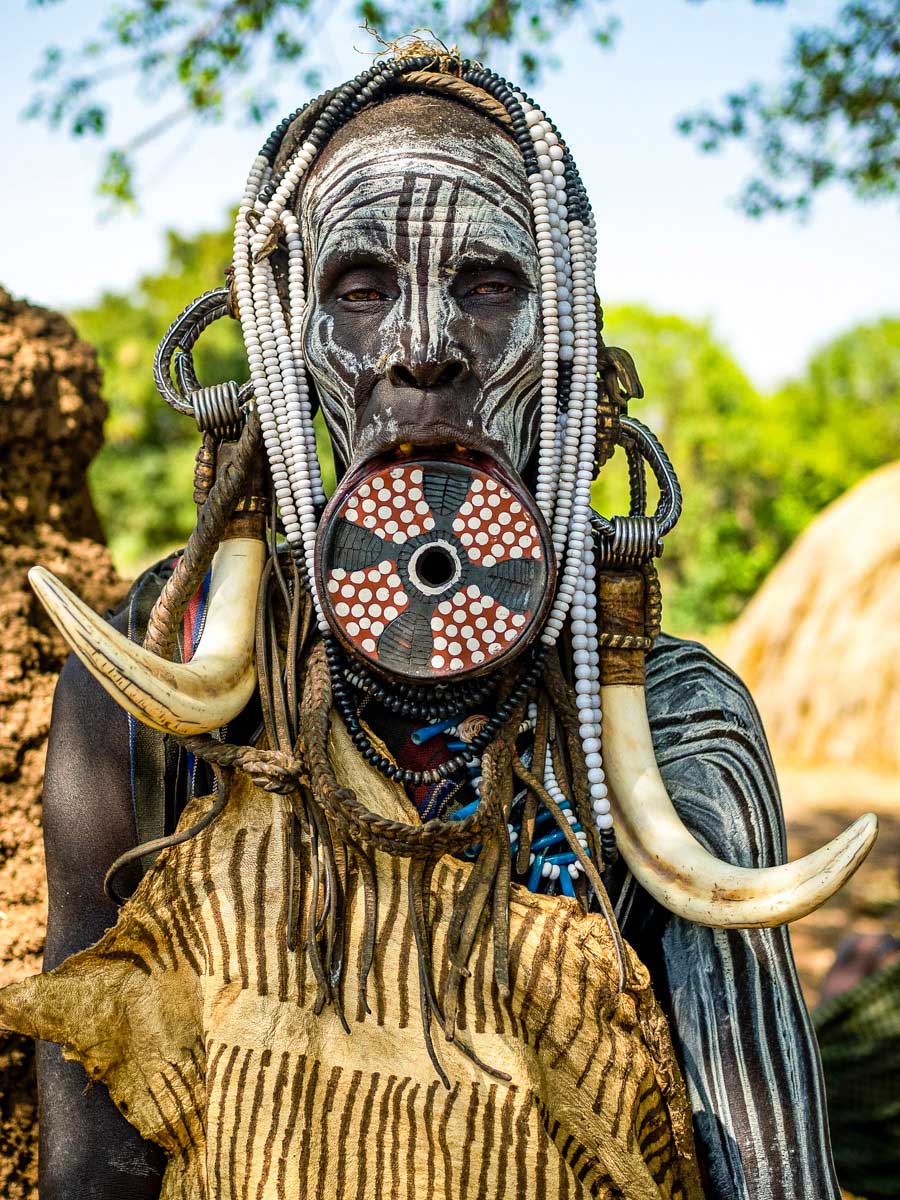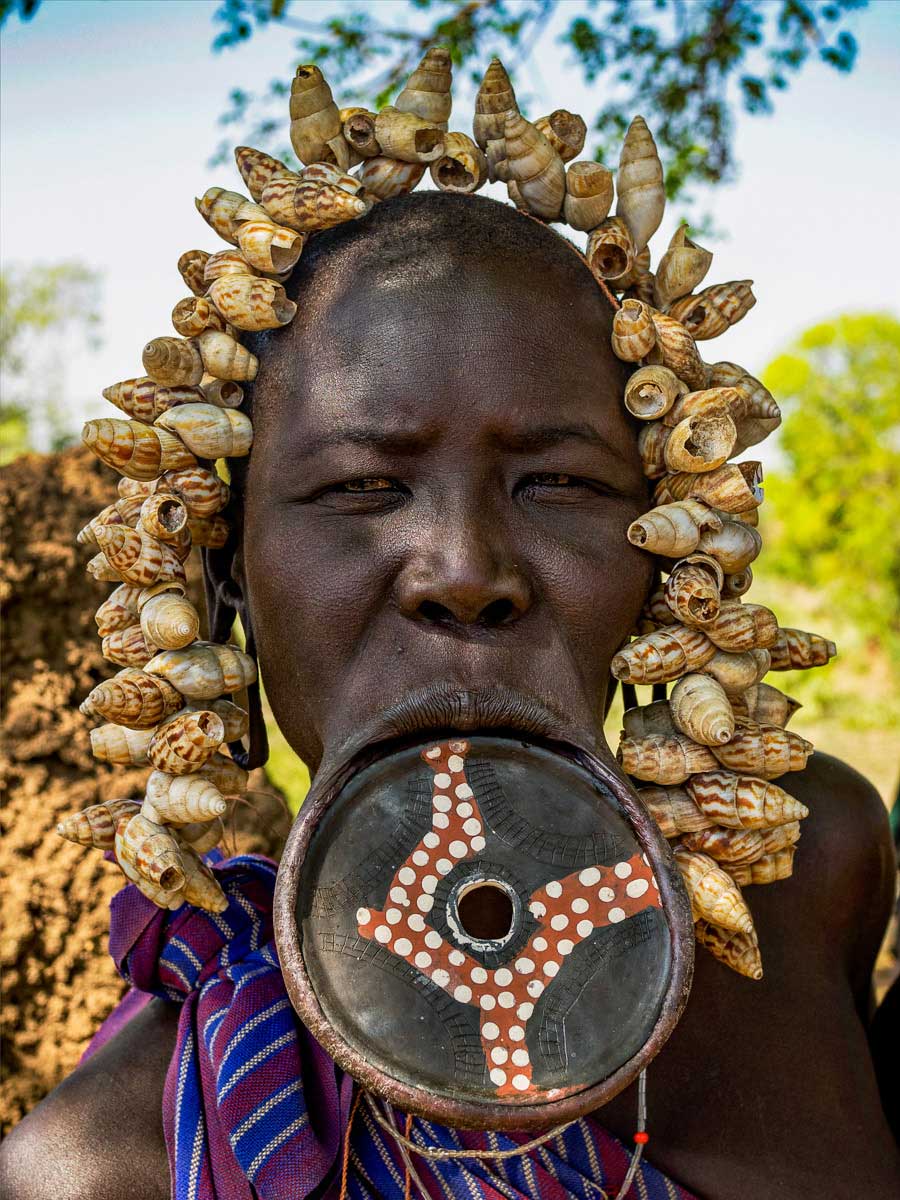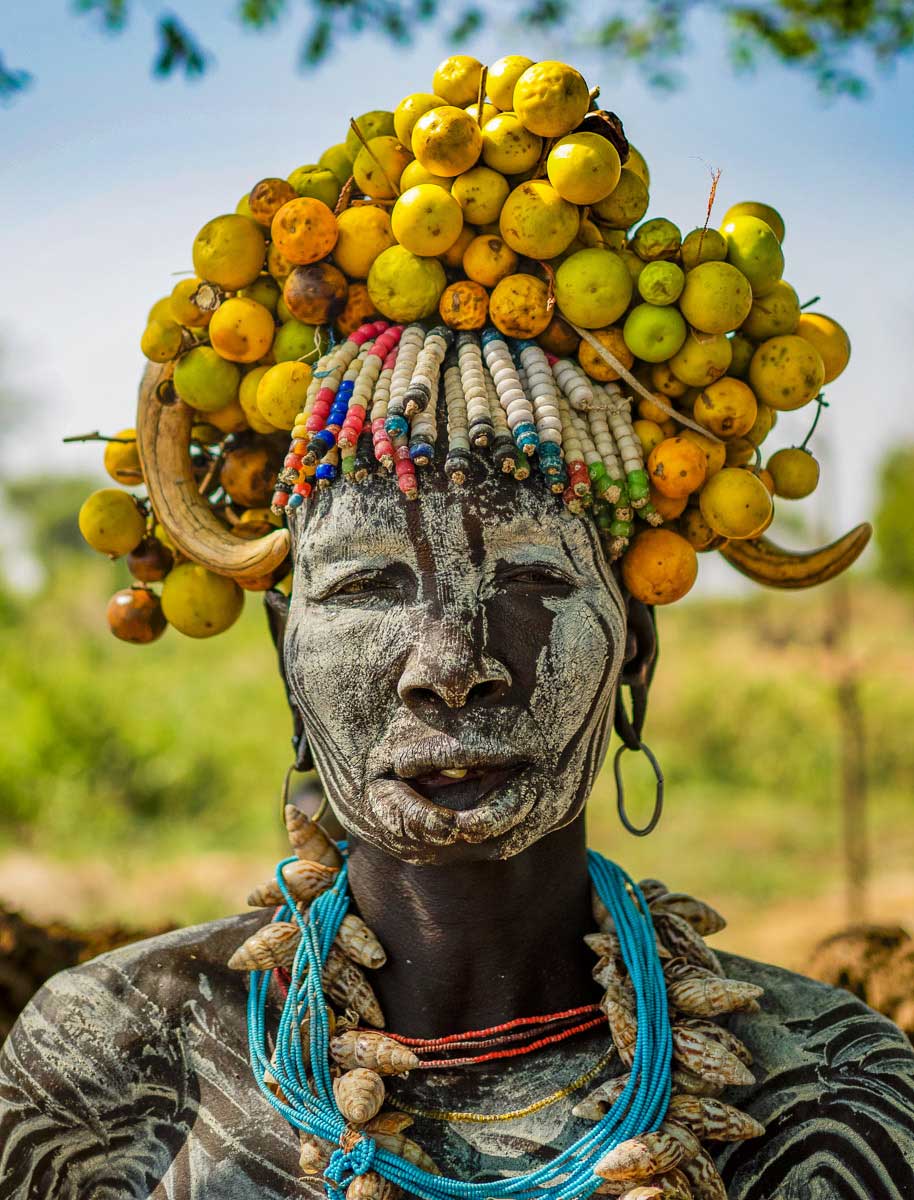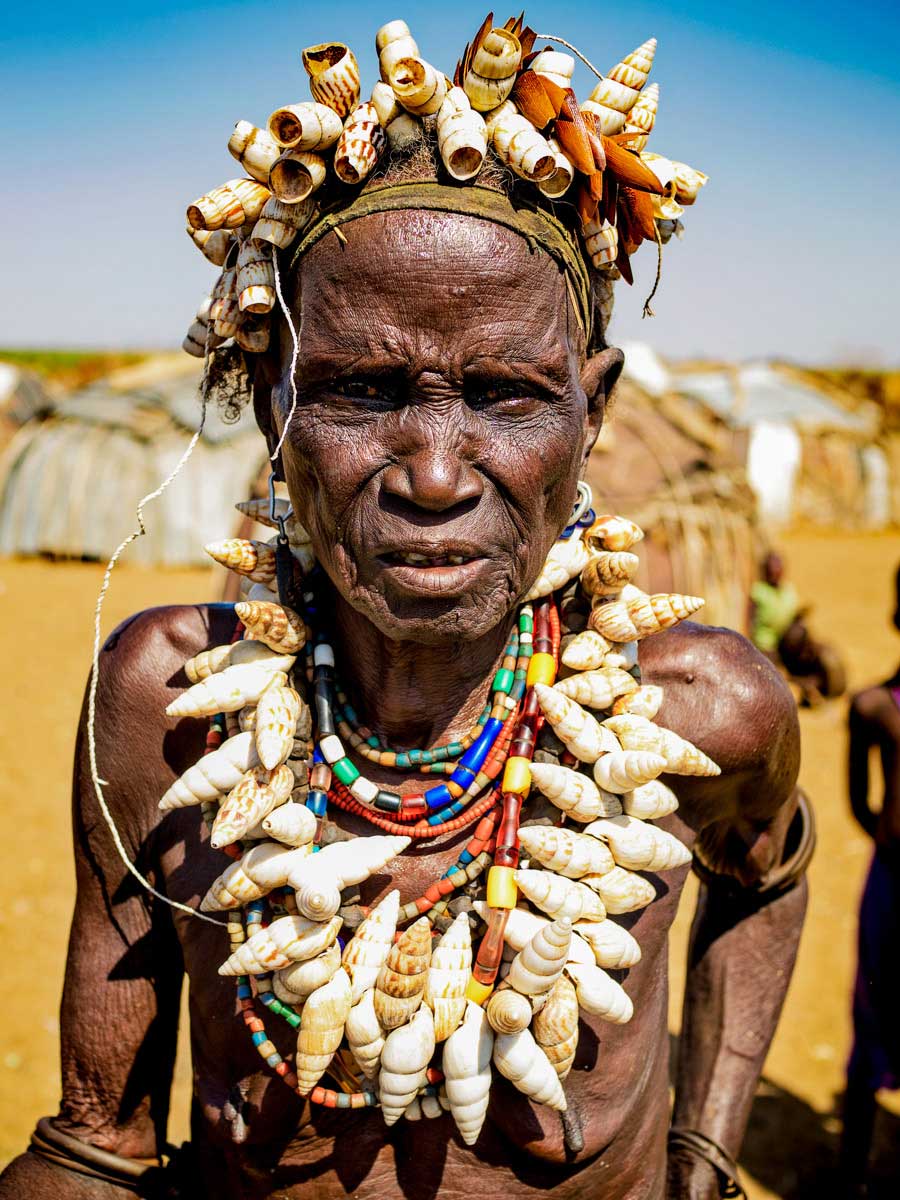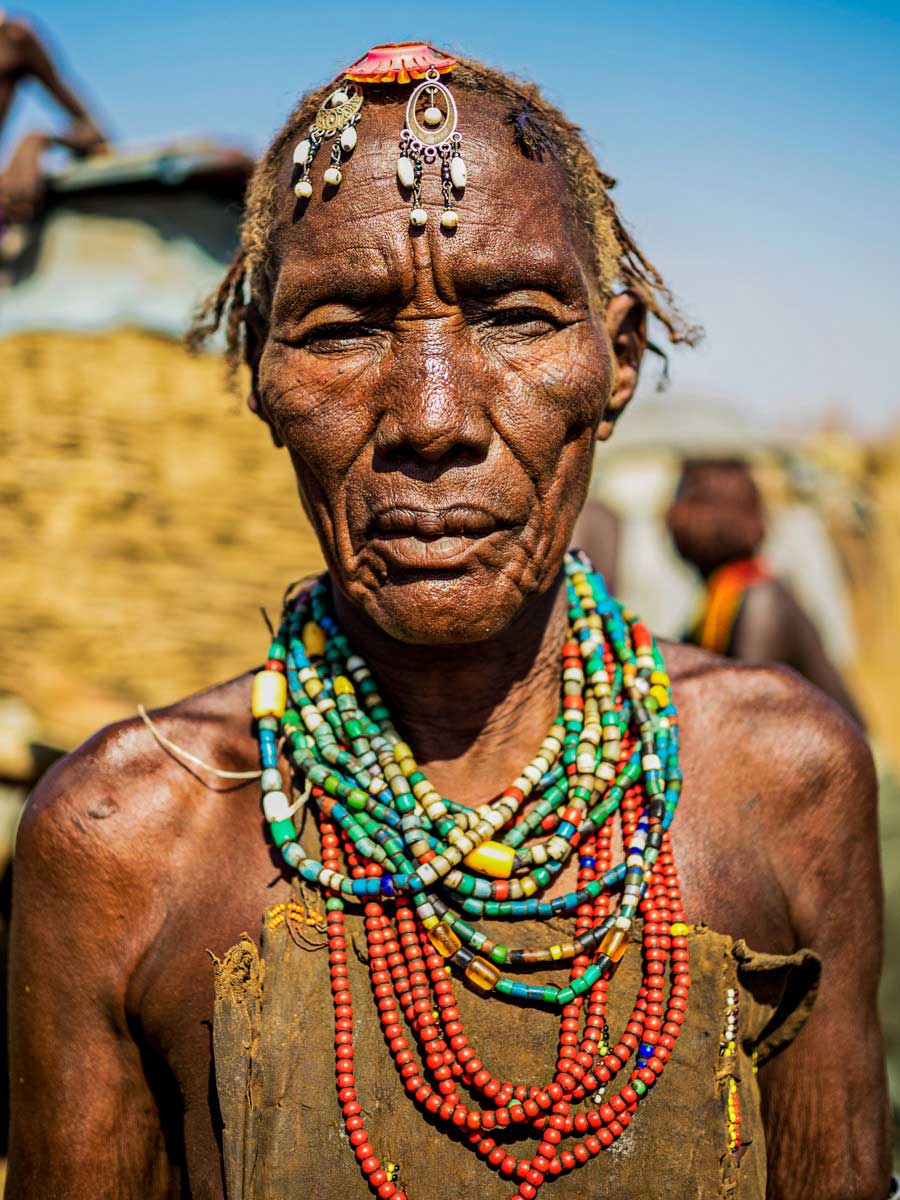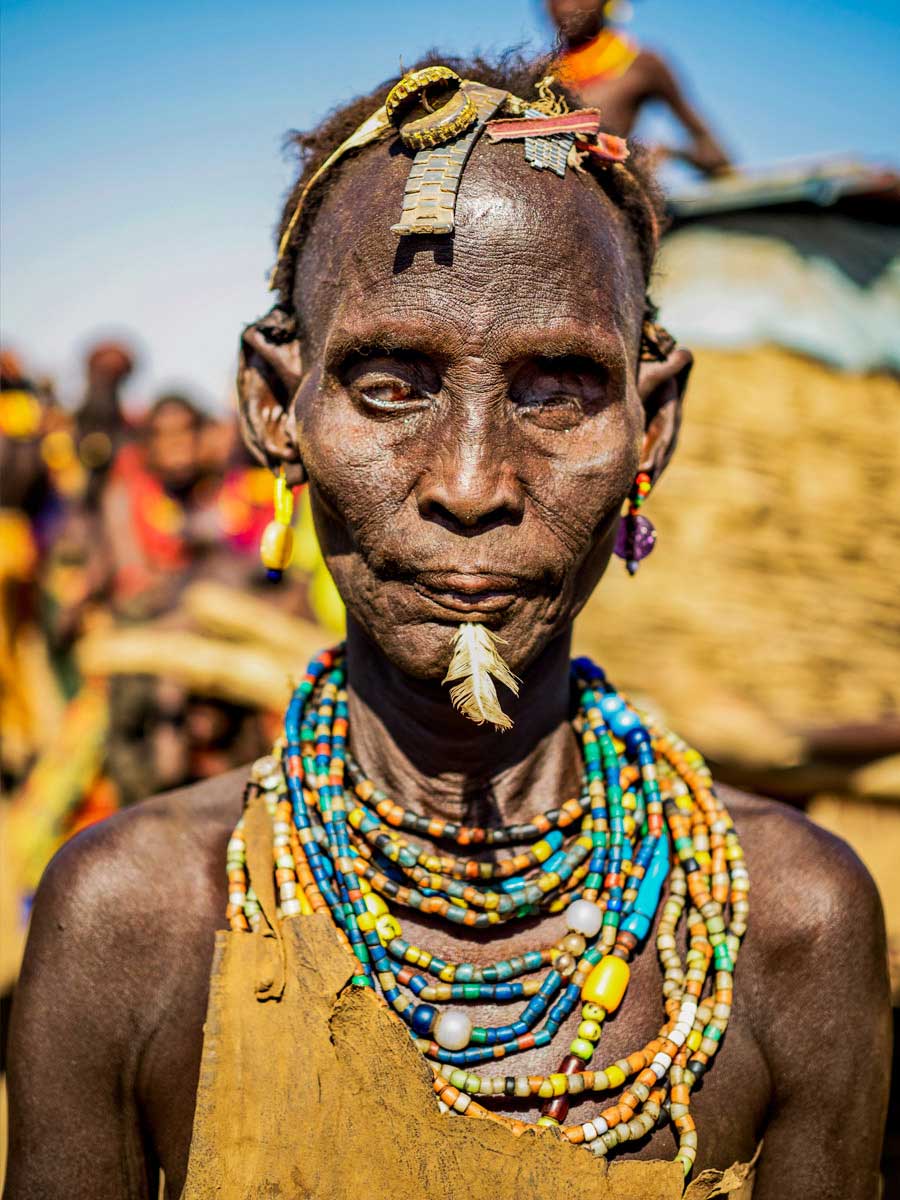Omar Reda is a Lebanese Designer & Photographer. Currently, he is a Creative Director based in Riyadh, Saudi Arabia.
He was Born in Tripoli in 1984, Lebanon. He Graduated with honor in Graphic Design from Notre Dame University. He is a member of ISTD (International Society of Typographic Design – London).
He recently traveled to Ethiopia to fulfill one of his dreams which is visiting remote African tribes who still preserve their old traditions and culture without being fully affected by the modern world.
Ethiopia is a majestical country. The landscape there is mind-blowing and what is astonishing is the richness of culture. The variety of religions and tribes gave this country a unique identity which is extremely hard to find it elsewhere.
This portrait series was taken during his trip to Southern region, specifically Omo Valley. These people are from 3 different tribes who have totally different culture. Each one has its own characteristics in terms of lifestyle, language, clothing, and rituals. What is unique about these tribes is the art of decoration they do. It reflects beauty and uniqueness of personality.
The iconic tradition of the Mursi tribe started during the colonization and slavery era where women started to pinch their lips and deform it in order to be avoided to be taken as a slave. With time, this tradition changed and the lip plate became a sign of beauty. The bigger the plate the more beautiful the girl is. Heavy lip plates, made of clay and often as big as five inches in diameter, are used to mark traditional rites of passage for women of the Mursi tribe. Some women can eat with the plates still in while others take them out to dine. In addition to that, they make their own decorative accessories, including beaded headdresses, fruit, horns, under skin tattoos, gun shell necklaces, phone chargers, hardware headhangers etc…
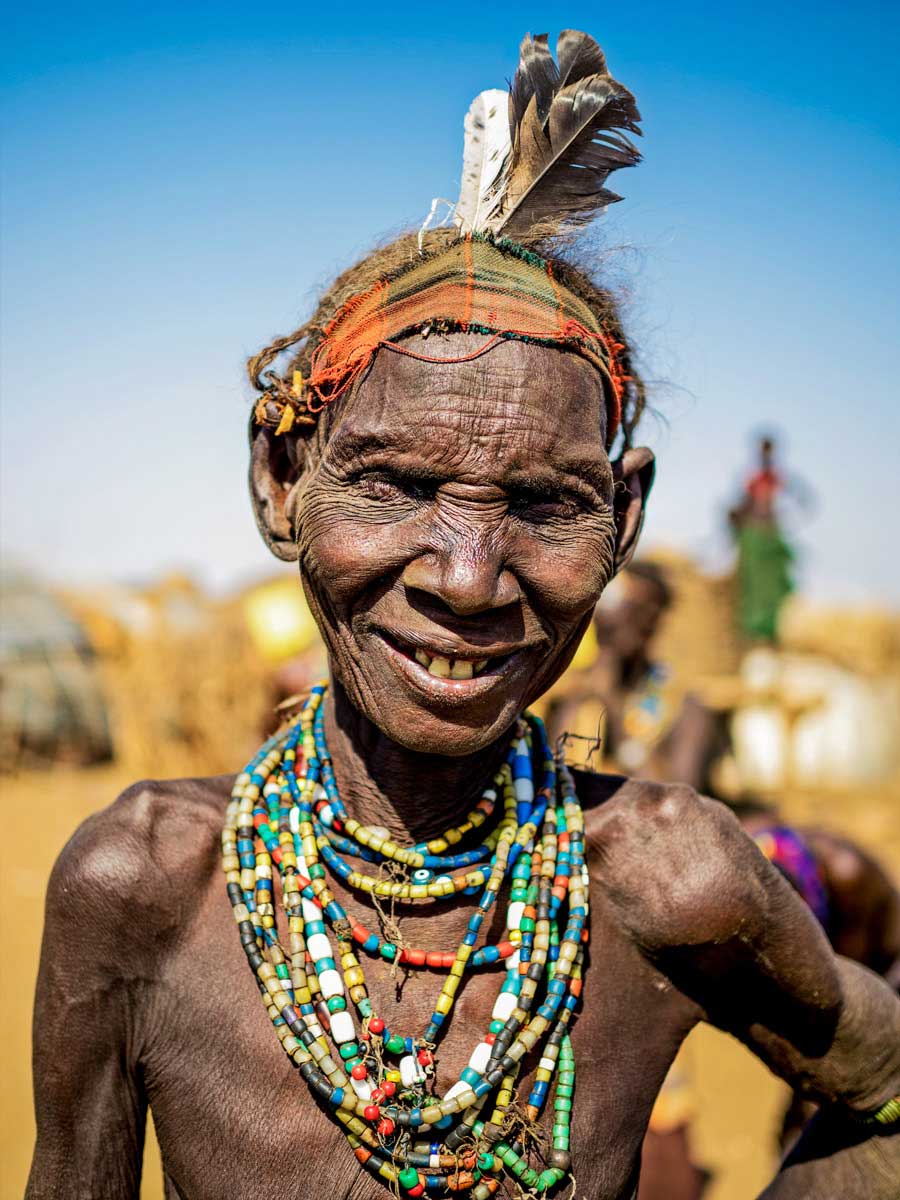
As for the Hamar tribe, their women are known for covering their hair and body with clay, butter, animal fat and wearing ochre make-up. The collar on her neck is the tribal equivalent of a wedding ring. And he was told that they are not allowed to take a shower for good after marriage.
And the Dassanech tribe who lives as nomad and they change their location every few months along Omo River in southern Ethiopia, and they are known for creating unique jewelry made out of everything from old digital watches to bottle caps. Here an elderly woman is adorned with watch wrist bands and shells on her headdress, as well as colourful beads.
The perception of beauty is so controversial; it changes in a drastically between every region of the world. The civilized world can’t accept such traditions, even though some famous international fashion shows reveal weird trends, but most times they become acceptable once some celebrities embrace it. And then the society follows blindly even if it is breaking all the known rules. Beauty is becoming limited with one globally approved guideline based on race, color, body shape, height, private parts, etc…
The globalization tsunami is wiping off our difference. Everything is affected by that from economy, design, architecture, language, fashion…
At the end, people must respect each other traditions and culture. We are all human beings who must work together as the custodians of planet earth. [Official Website]



